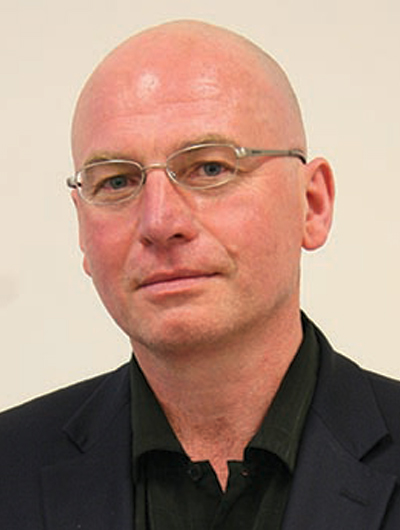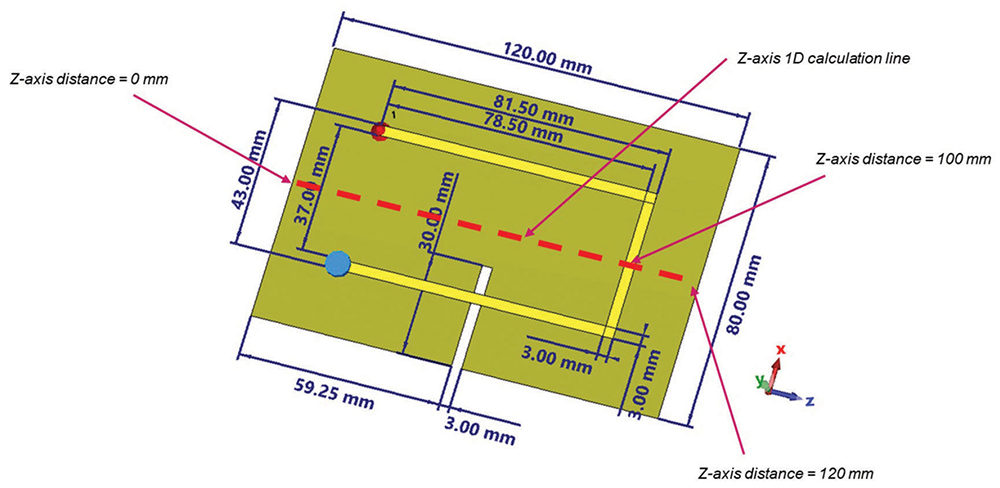his is the second article of a two-article series devoted to the return current distribution in a PCB microstrip line configuration. The previous article [1] presented the CST simulation results in the case of a solid reference plane. This article addresses the case where the reference plane contains several discontinuities: edge slot, internal slot, slot holes, and via cutouts.
The results showed that at 10 Hz the return current spreads wide over the reference plane, flowing both under the top trace and directly from the load port to the source port. As the frequency increases to 100 Hz, more of the return current flows under the trace (with a narrower spread), and less of it flows directly from the load port to the source port. This trend continues as the frequency increases to 1 kHz. As the frequency increases beyond 10kHz, the return current path remains virtually unchanged, predominantly flowing beneath the forward trace. In other words, the return current path and current density no longer depend on frequency.
Figure 2 shows the return current path (forward current trace is hidden) flowing in the reference plane at different frequencies.
The results show that the edge slot forces current to go around it and flow in a larger loop (higher inductance). The return current exhibits the frequency-dependent behavior similar to the solid reference plane case.
This is confirmed by the normalized current distributions shown in Figure 3.
This is confirmed by the normalized current distributions shown in Figure 6.
The impact of the holes is minimal compared to the solid reference plane case. Return currents are permitted to flow between and around the holes and therefore the current does not bulge away from the return path out toward the middle of the PCB. The results are very similar to the previous cases: as the frequency increases beyond 10 kHz, the return current path remains virtually unchanged, predominantly flowing beneath the forward trace, the return current path and current density no longer depend on frequency.
- Bogdan Adamczyk and Scott Mee, “PCB Return-Current Distribution in a PCB Microstrip Line Configuration, Part 1: Solid Reference Plane,” In Compliance Magazine, August 2023.













